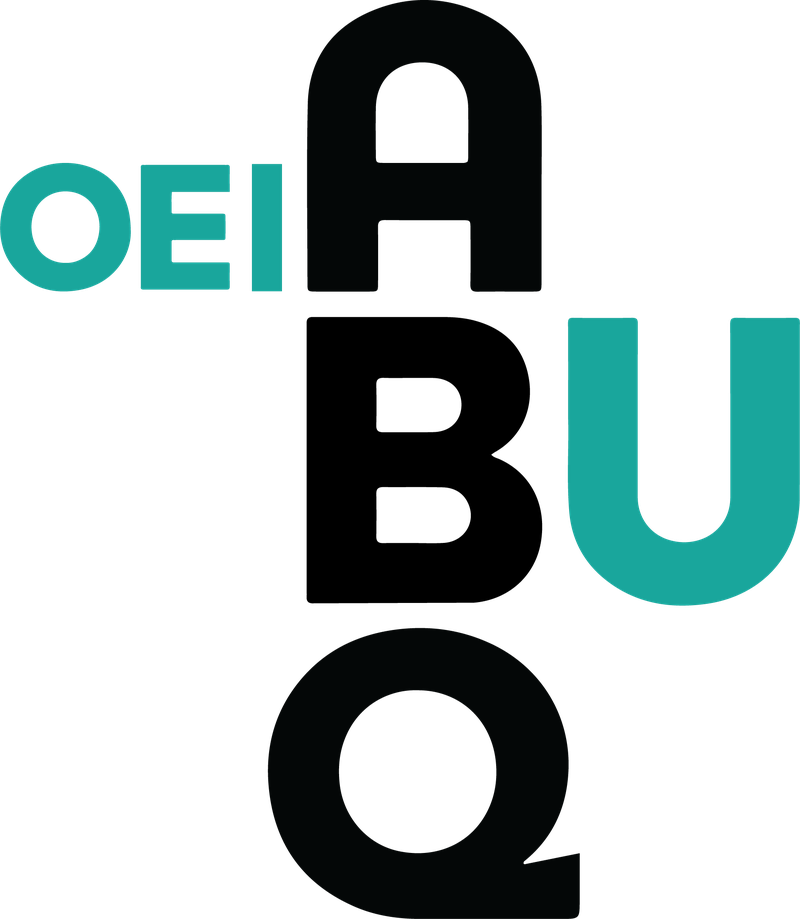
New Report: Closing the Housing Gap for Indigenous and African American Communities
City Releases Comprehensive Needs Assessment on Homeownership Disparities
In a city where more than 55,000 Native Americans live, and less than 40% own their home, and where more than half of Black and Latino renters pay over 30% of their income on housing, it is more important than ever for us to understand and address housing inequities as we strengthen our citywide commitment to accessible housing.
The City of Albuquerque today released a comprehensive Housing Equity Needs Assessment Report, unveiled at the Indigenous Housing Justice Summit at the Albuquerque Convention Center. The assessment will help set the direction for closing homeownership gaps in Albuquerque, focusing on the deepest disparities which the study found to be among Native American and African American households.
“The city should say, YES to building homes with the Native and Black communities in mind because it has never been done AND we can begin to close the racial wealth gap by helping families become owners of homes that reflect their culture,” said Nichole Rogers, Liaison for the Office of Black Community Engagement.
“Improving access to housing for every community is essential to success and wellbeing of Albuquerque families. If we are going to be effective, we need understand and address the major disparities in homeownership that have existed for generations,” said Mayor Tim Keller.
Homeownership in the U.S. remains one of the main tools for building wealth and stability and access to opportunity. Through extensive research and community outreach, the report examines how those benefits are not equitably accessible, contributing to the racial wealth gap.
The report provides in-depth data analysis of mortgage readiness and denial rates by race, affordability and home values by race, relative housing wealth by race and projections that indicate that the gaps will widen without targeted interventions. The findings show that the Native:White and Black:White homeownership gap in Albuquerque is particularly worrisome; and that while Hispanics have relatively high homeownership rates in Albuquerque, the value of their homes is far below that of white homeowners. The full report can be found on the city website here.
Native American and Black community members shared insights into what they need in order to create healthy, culturally responsive homes and neighborhoods. It presents specific policy recommendations for how real change can be achieved including new financing tools, breaking down barriers to creating housing, and strengthening relationships between housing agencies, developers, and communities of color.
“It’s about the inability to achieve homeownership. It’s also about the challenges on the supply side, a lack of affordable housing,” said Michael Neal, of the Urban Institute. “It’s about that households of color can’t benefit from homeownership because they own lower value homes, own less home equity. How can we change this so households of color benefit from homeownership.”
The report was commissioned by Living Cities, a collaborative of the 19 largest foundations and financial institutions in the U.S. as part of a Closing the Gaps initiative to close the racial wealth gap with a cohort of six cities, including Albuquerque. The Needs Assessment was conducted by MASS Design Group in a dynamic collaboration with the City’s Office of Equity and Inclusion, the Office of Native American Affairs, the Office of Black Community Engagement and with the City’s housing division, with data from the Urban Institute, a non-profit research organizations that provides data and evidence to advance upward mobility and equity.
